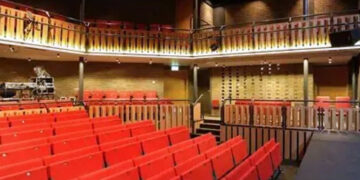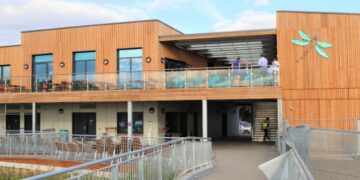By Cllr Stephen Conway
How do we square the circle? The government requires Wokingham Borough Council to approve what we – and many residents – believe is an unsustainable level of new housing in our new local plan period, yet many people are priced out of the housing market and desperately want a home of their own.
How do we protect our borough’s character and avoid impossible pressure on local infrastructure, but at the same time make sure those in our community who need a home have one?
Developers argue that building more houses will drive down the price and enable more people to buy. But recent experience suggests that increasing supply does not satisfy local demand.
Wokingham Borough Council has delivered above the government’s new housing target in the last decade, yet prices have risen not fallen.
As we are so close to London, building more market housing simply encourages more migration into the borough from the capital; we are an attractive place to move to, especially if you live in London, as we have good schools, good transport links into the city, and easy access to beautiful countryside.
Increasing the supply of market housing, in other words, just sucks in more people; it doesn’t bring prices down to make home-ownership a more realistic prospect for many people in the borough, especially young people and those on low or even average incomes.
So what can we do? If the problem is affordability rather than availability, we have to find ways of making genuinely affordable housing a reality for the people of our borough who are priced out of market housing.
The government has a scheme that helps first-time buyers get on the property ladder by offering a discount on new market housing.
While this helps those who are only just priced out of the market, the discount is not large enough in an area like ours, where houses prices are very high, to be beneficial to most of those who lack the capital and the income to buy a home of their own.
We are exploring, therefore, whether we can use our own emerging local plan as an opportunity to address the problem. Our existing local plan requires an average of 35% of the dwellings on new developments to be affordable.
‘Affordable’ in planning terms means below market prices. That 35% includes the government’s first-homes discount scheme, but also shared ownership tenures and social rental. We would like, if possible, to increase this percentage, so a higher proportion of the overall housing stock in future is genuinely affordable.
If I seem cautious about whether we can achieve this, it’s only because our local plan, including its various asks of developers, has to be approved by an inspector at a public enquiry before it can come into force. We therefore have a lot of work to do in assessing the viability of asking for more affordable housing from developers.
Unless we can convince an inspector that a higher percentage of affordable housing is financially achievable for developers, we will not be able to deliver it through the local plan process.
Wokingham, then, is trying to address two different housing challenges. We are lobbying government for a reduction in our overall housing target for the next plan period (arguing that past over-delivery should be taken into account in the new number we are required to approve).
We believe, as have previous administrations, that the borough simply cannot take the scale of new housing the government tells us we must accept. But we are also trying to make sure that the borough’s future housing stock includes enough genuinely affordable housing for those who need it.
Cllr Stephen Conway is the leader of Wokingham Borough Council and ward member for Twyford














































